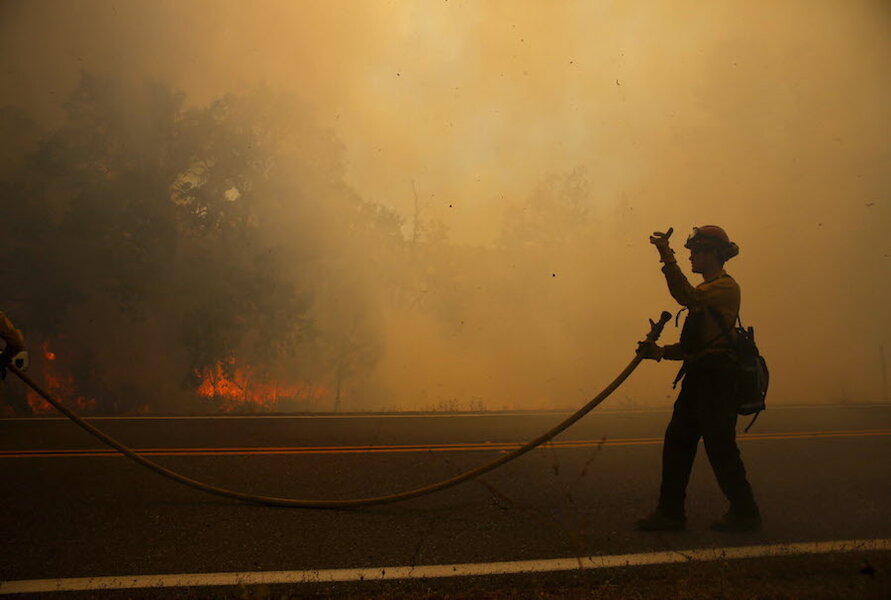Could robust El Niño bring relief to drought-parched California?
Loading...
The powerful El Niño approaching California could bring some of the most drastic weather changes in 65 years. Forecasters say it is the second strongest El Niño on record for this time of year and have unofficially named it after the martial artist Bruce Lee.
El Niño occurs when winds shift and warm the Pacific Ocean’s water, leading to weather changes worldwide but mostly affecting the United States in winter.
With a 50 percent chance of El Niño leading to a wet season, California's state climatologist Michael Anderson says it’s too soon to predict if it could save the state from its four-year drought that harrowed farm fields, turned lawns brown and dried up streams and wells.
California’s record-low rainfall has also spurred water usage constraints and contributed to the spread of wildfires.
"[El Niño] definitely would increase the likelihood of heavy rains in the winter there, which would certainly improve their situation tremendously," said Donald Keeney, senior agricultural meteorologist with Maryland-based MDA Weather Services.
But experts warn that California and other drought-struck areas shouldn’t get their hopes up. The state needs 1-1/2 times the amount of regular rainfall to overcome the drought, and chances of that happening are slim.
"A big El Niño guarantees nothing," said Mike Halpert, deputy director of the National Oceanic Atmospheric Administration's Climate Prediction Center. "At this point there's no cause for rejoicing that El Niño is here to save the day."
Even if it brings heavy rainfall, El Niño could lead to some damaging outcomes.
California’s firefighters have taken on 1,500 wildfires more than a normal year, says Daniel Berlant of the state's Department of Forestry and Fire Protection. Fires can harden the ground and increase the likelihood of flooding in the event of heavy rains or they could burn away vegetation that keeps soil in tact and lead to mudslides.
But for the most part, economic studies show that El Niño usually benefits the United States by reducing droughts and Atlantic hurricanes. With the exception of California mudslides, the US economy benefited by nearly $22 billion after an El Niño in 1997-98, according to one study.
This El Niño is expected to be on par with that one, along with two others in 1982-83 and 1972-73, said Mr. Halpert, as an important portion of the Pacific has been considerably warm in the last three months.
This report includes material from Reuters and the Associated Press.






